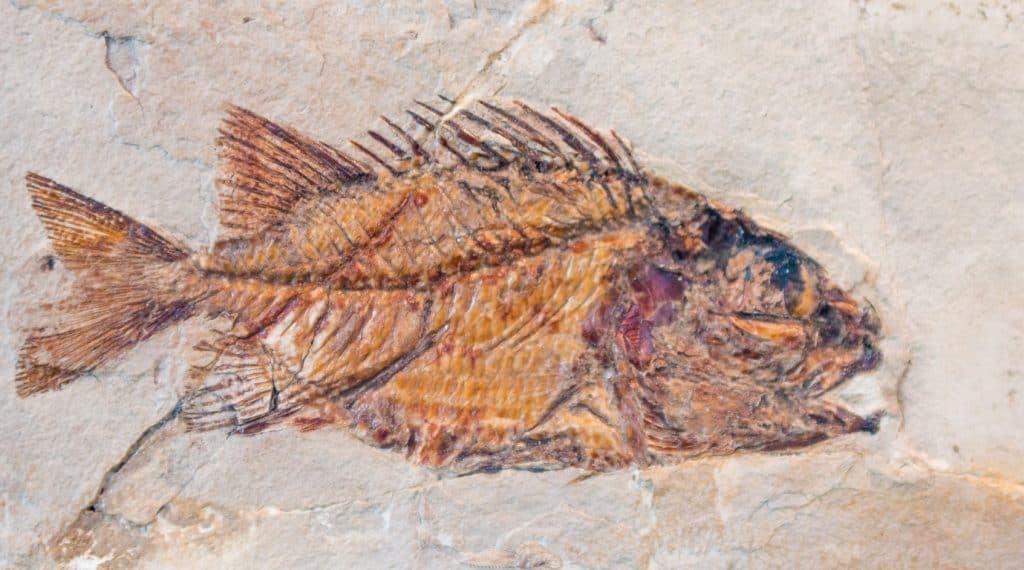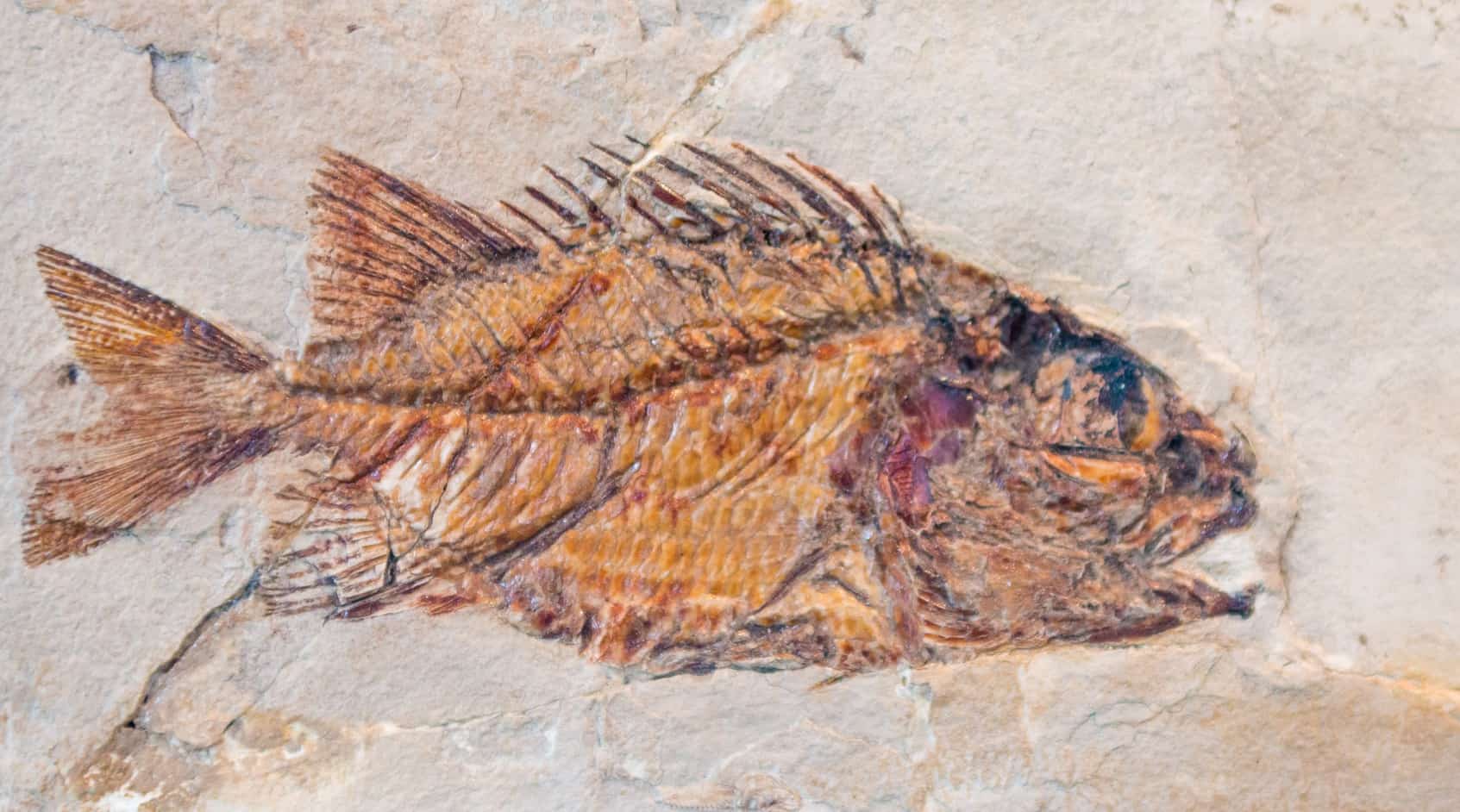For those of you who don’t know about the incredible 500M year evolution of fish, today we are going to take you through the complete evolution of fish.
The Cambrian Period, which begun over 540 million years ago, is the single most important evolutionary event that we know to date.
 This period is also known as the Cambrian Explosion. This explosion took place over a period of around 50 million years, and saw simple cells evolving into basic body shapes and forming major body plans that led to all the current animals we see today.
This period is also known as the Cambrian Explosion. This explosion took place over a period of around 50 million years, and saw simple cells evolving into basic body shapes and forming major body plans that led to all the current animals we see today.
Fish are so significant in the history of evolution, because it is fish that developed the very first vertebrate (backbone) which the vast majority of animals rely on today. Without the evolution of fish, there would be no humans.

Infographic Provided by – Fishkeeping World
The two most significant evolutionary changes fish was the development of their backbone, and the creation of the jaw.
Early fish looked a lot different than the fish we are used to seeing today. With no fins, scales, jaws or defined head, they looked a lot more like worms.
These very early fish were known as Agnatha, literally meaning ‘no jaws’ in Greek. These fish would suck debris from the bottom of the sea, due to their lack of a bottom jaw and it is thought that they looked a lot like our present day Lampreys do.
Agnatha are now almost extinct save two species; the Hagfish and the Lamprey.
Towards the end of the Cambrian Period, two other fish evolved; Conodonts (eel like creatures) and Ostracoderms.
Conodonts had a notochord (a flexible rod) running through their body, which provided it with support, although it was not yet considered a vertebrate at this stage because it was not protected by a bone or tube.
Ostracoderms were usually less than 12 inches long, and were covered in armoured plates which overlapped like scales.
Another fish which is recorded in this period which is of significant importance is the Pikaia. The Pikaia had a nerve cord running down its body, and whilst similarly to the Conodont, it was not protected by bone or a tube, it did lay the foundations for future vertebrates.
Some experts consider the Haikouichthys, or the Myllokunmingia to be the earliest true fish with a vertebrate.
By the Ordovician Period (443-488 million years ago) the vetebrate was present but the jaw hadn’t yet developed. It is thought that this developed towards the end of this period, around about the time of Earths second largest mass extinction.
This extinction wiped out 70% of species. Ostracoderms survived, and from them, Placoderms evolved. Another group of fish found in fossil records of this period are the Acanthodii.
These two groups were the first jawed fish, and over time the jaw became more complex and capable.
Chondrichthyes (cartilaginous fish) and Osteichthyes (bony fish) also developed in this period, and there was a huge variety of shapes and sizes present in the waters.
This leads us nicely onto the Devonian Period, also known as The Age of Fishes. Placoderms dominated the waters for a while until Chondrichthyes took over due to their more sophisticated agility, and by the end of this period the Placoderms were extinct.
From there, Osteichthyes evolved into ray-finned fish (Actinopterygii) and lobe-finned fish (Sarcopterygii).
Around 251-359 million years ago, Earth saw the largest mass extinction event yet, which wiped out 96% of marine species.
Bony fish were one of the most able species to recover from this mass extinction, and ray-finned fish (Actinopterygii) continued to develop and evolve and are still doing so at present day.
It’s incredible when you think about how many extinctions and evolution changes fish have been through, and yet here they are – the most numerous vertebrates on the Planet, in the most wonderful shapes, colours and sizes.


Related Posts
A Deeper Look In To Loach Fish Species
How Much Salt Should I Add To My Freshwater Aquarium
Everything You Need To Know About Using T5 Lights For Your Aquarium